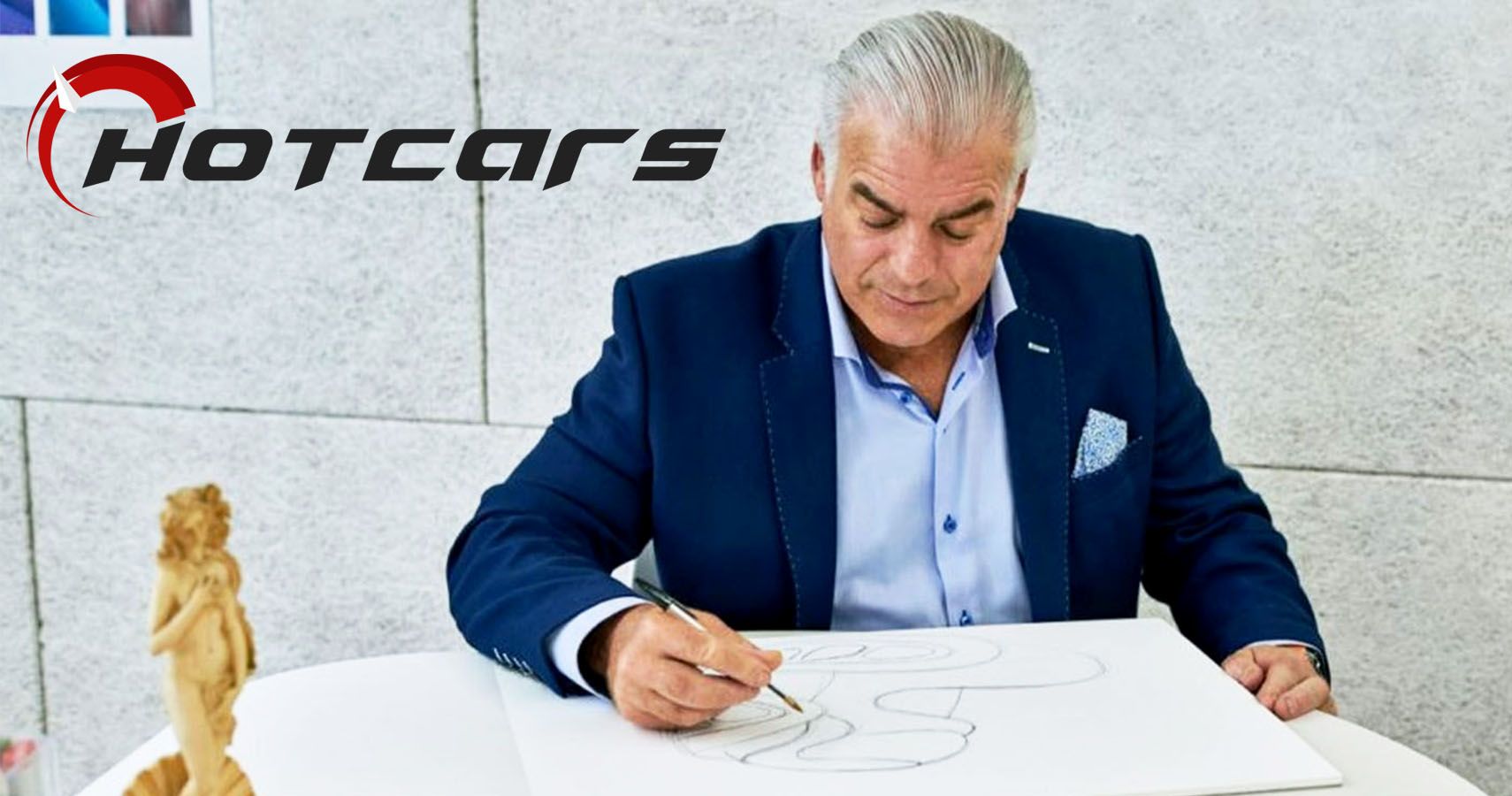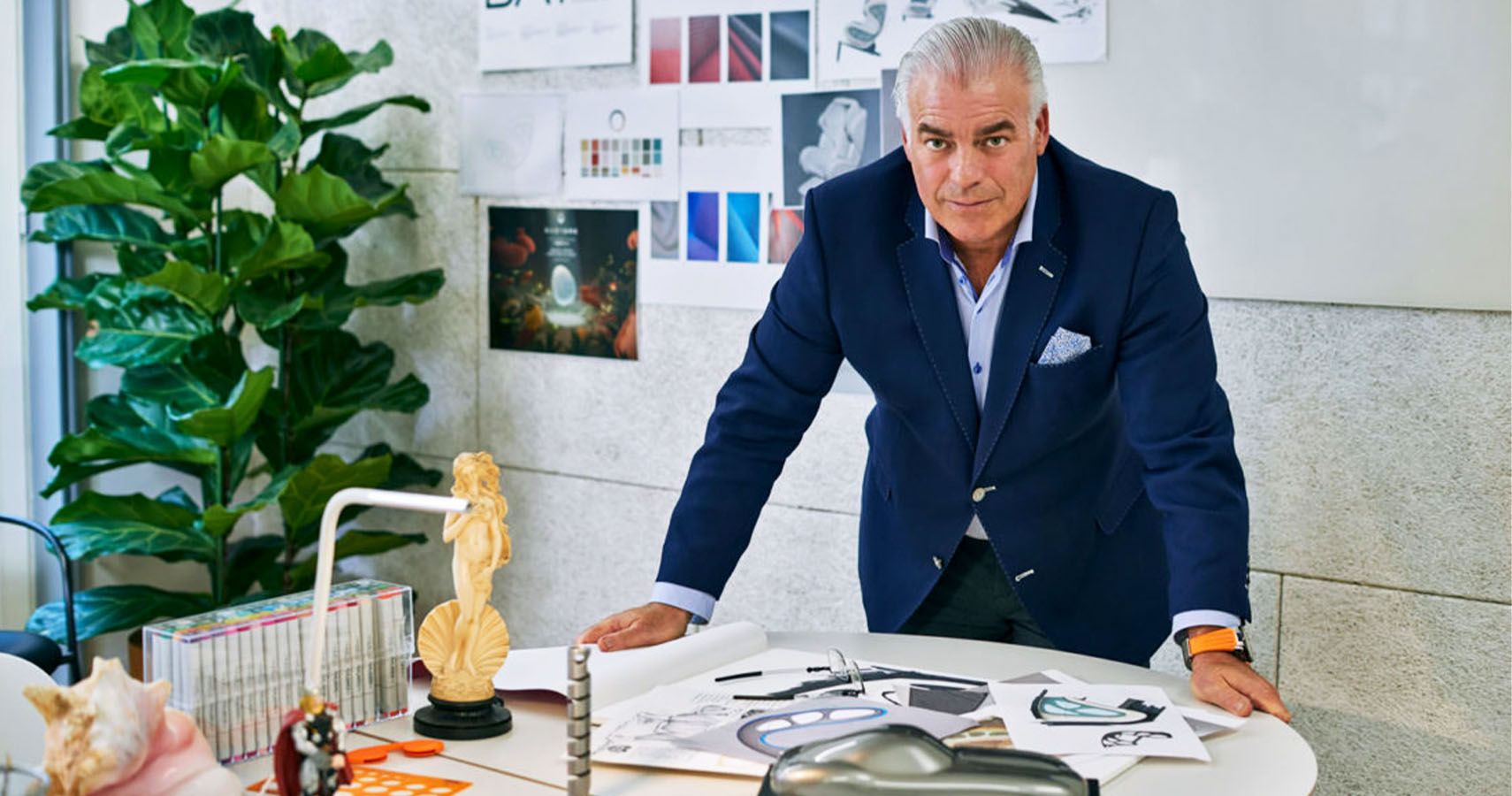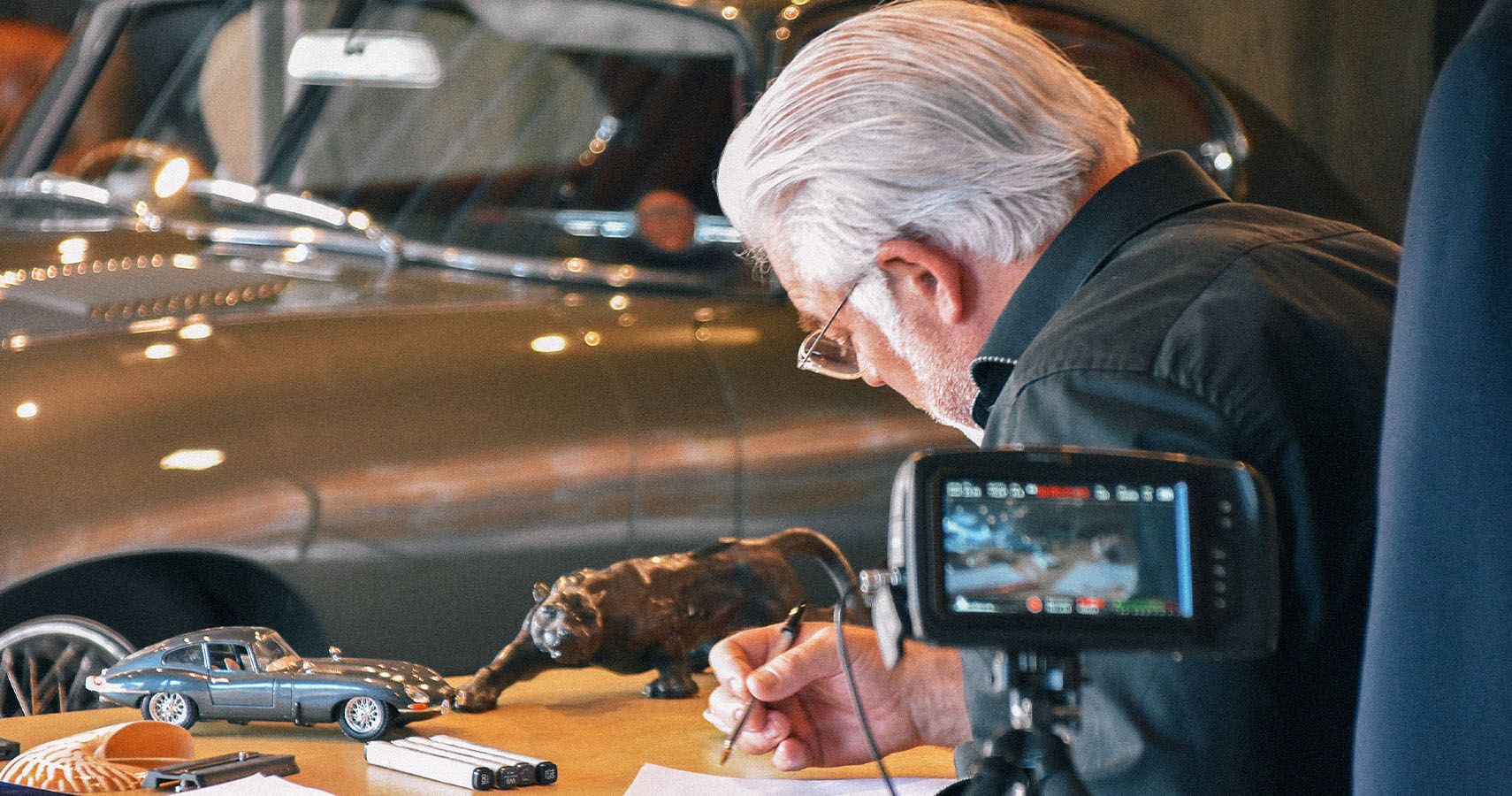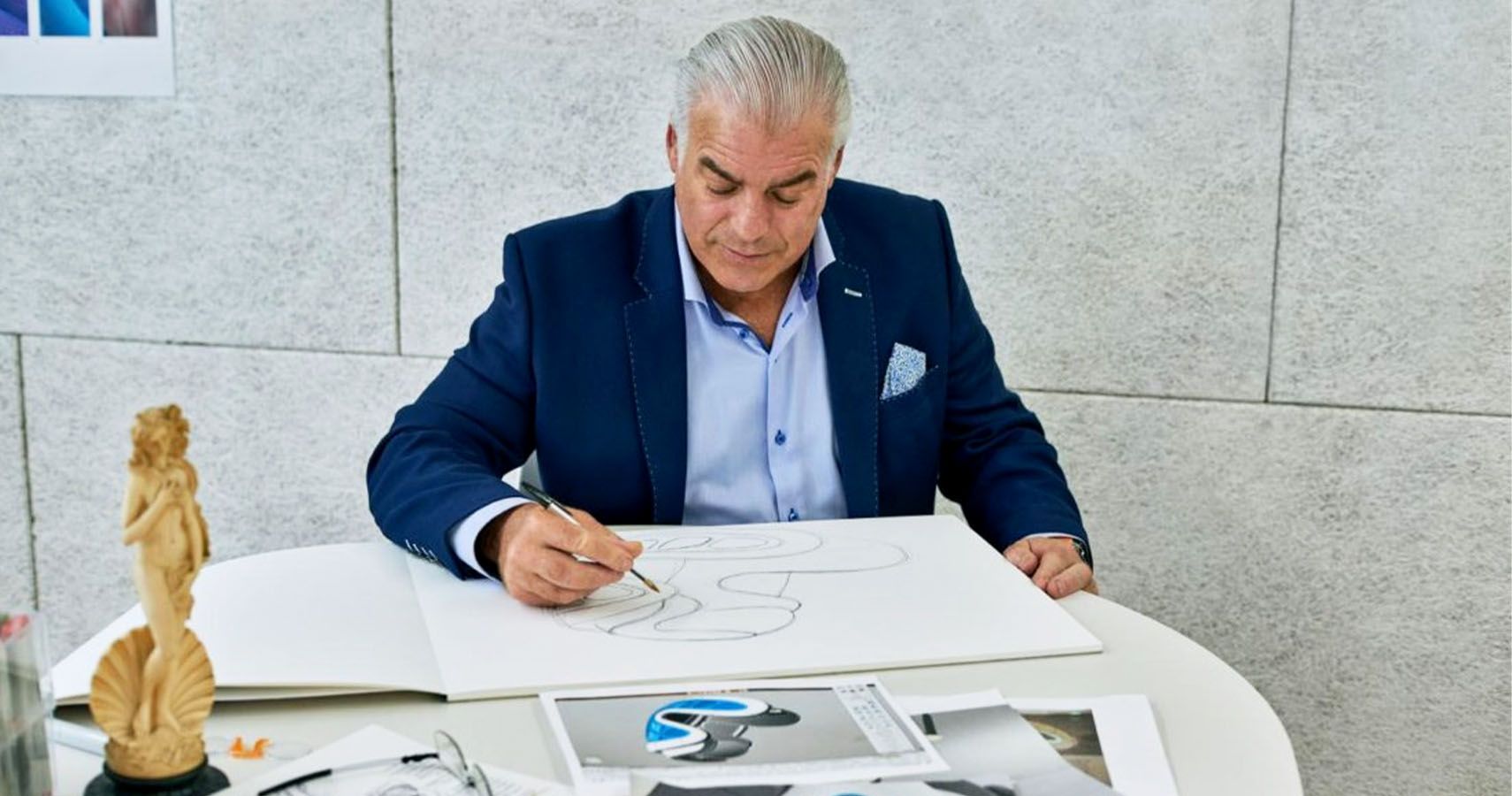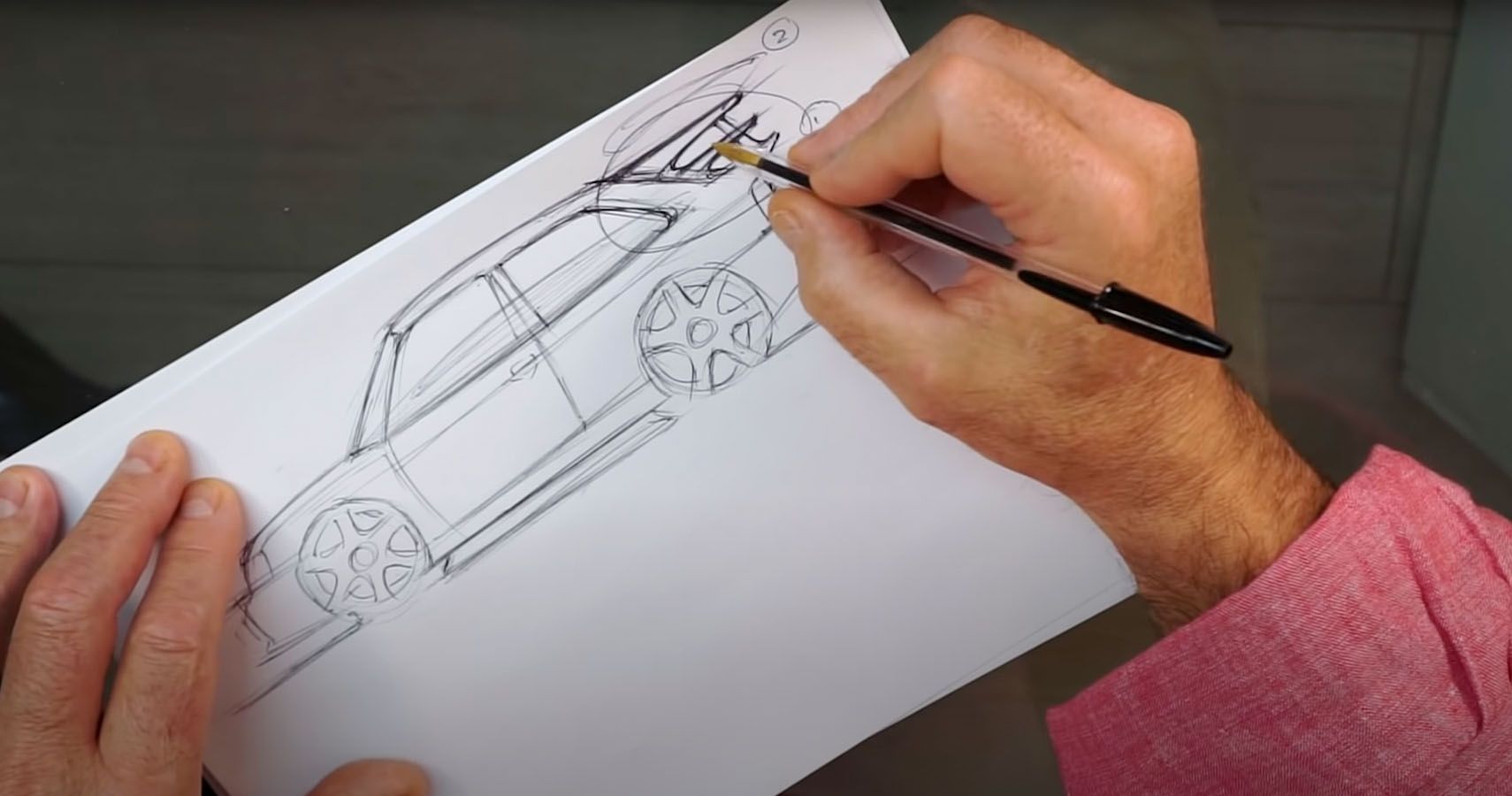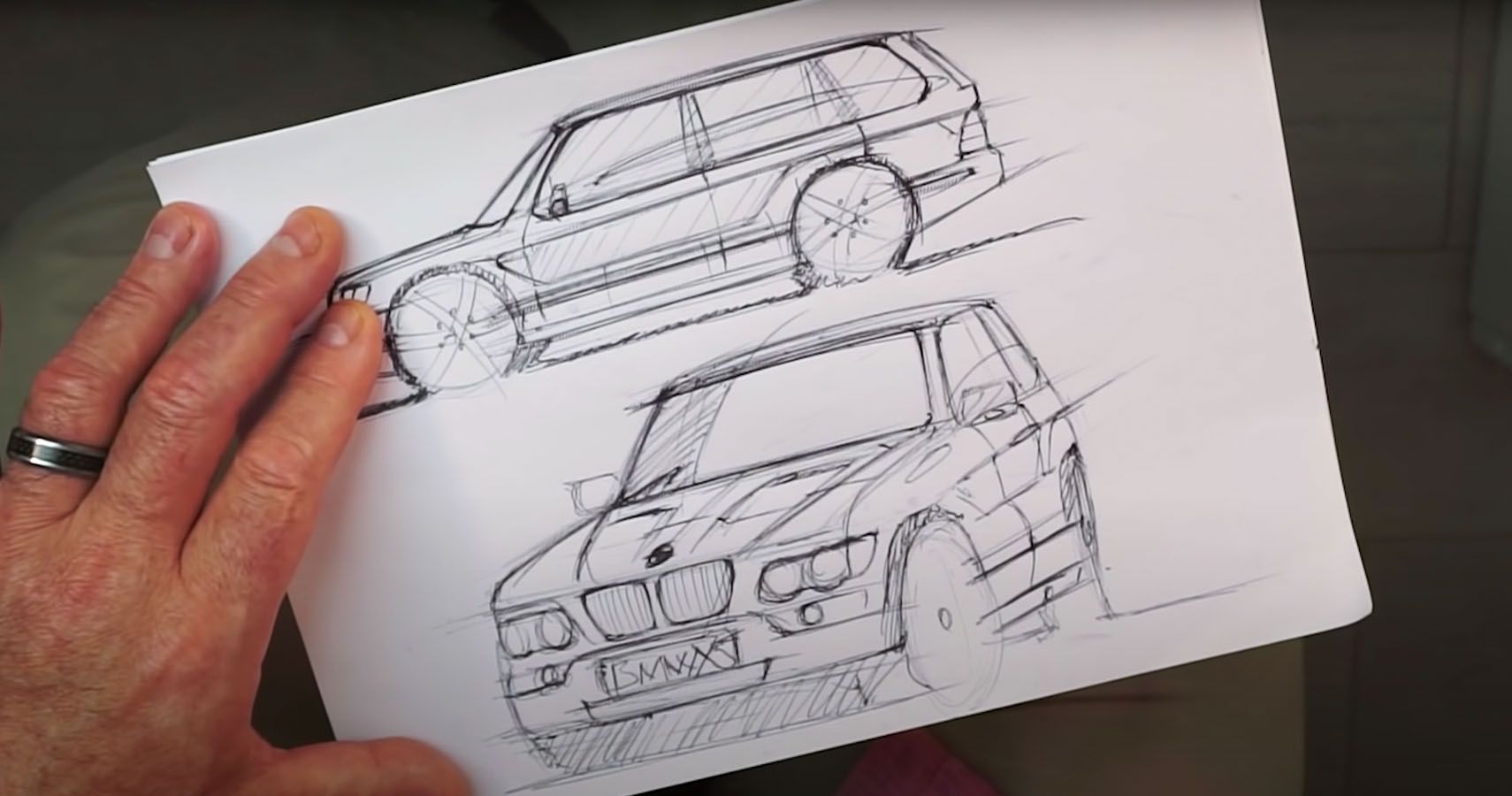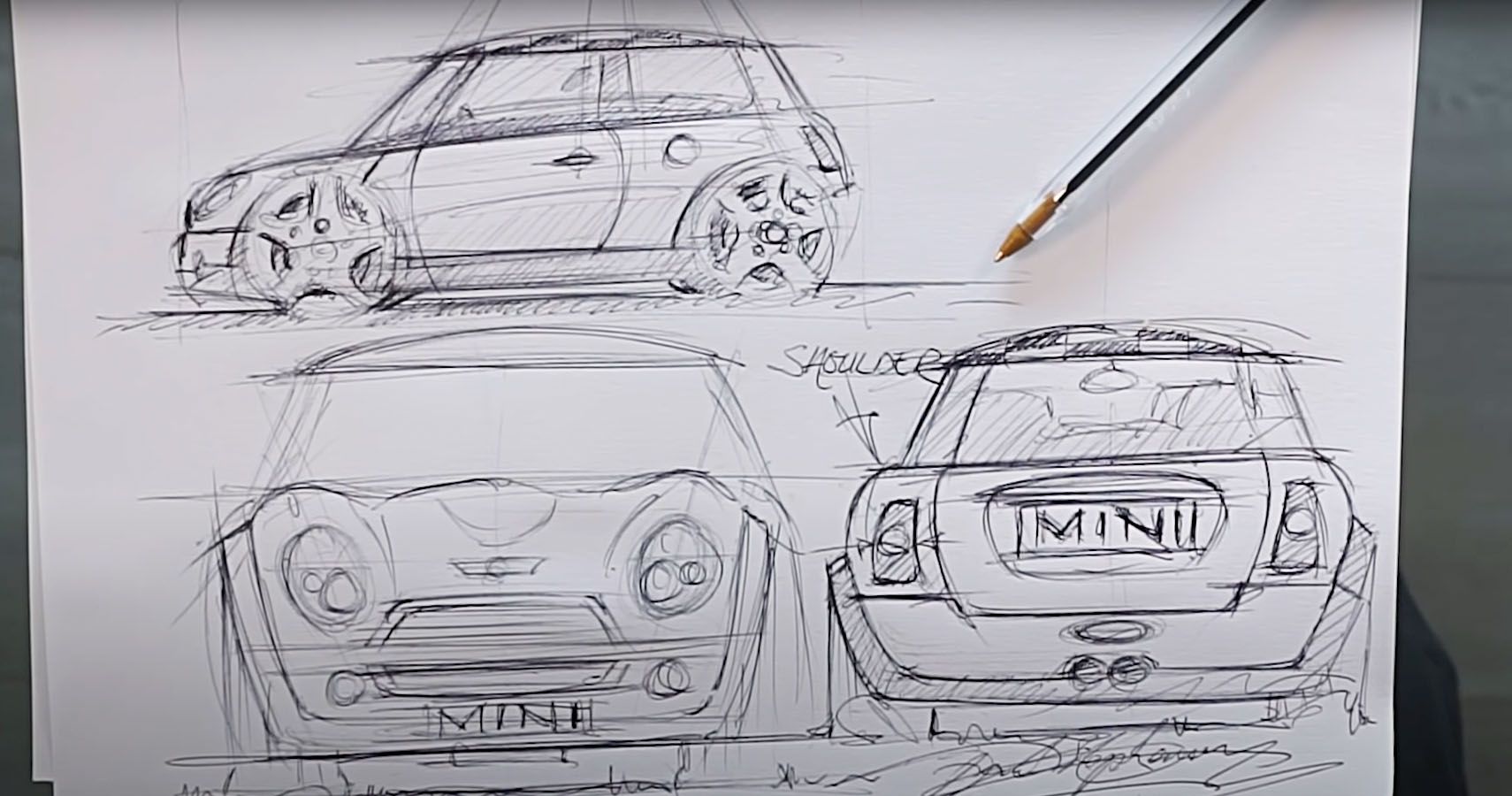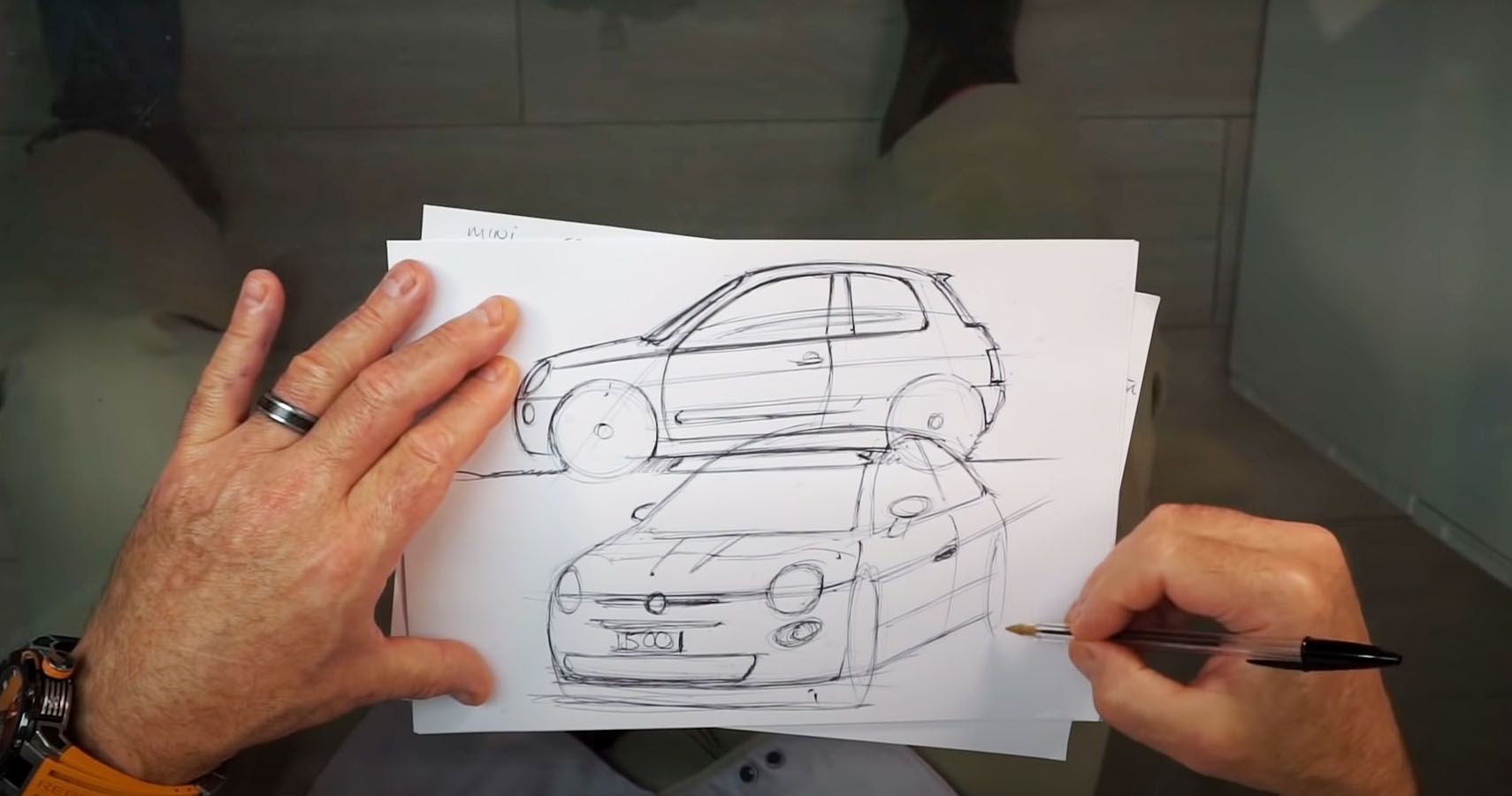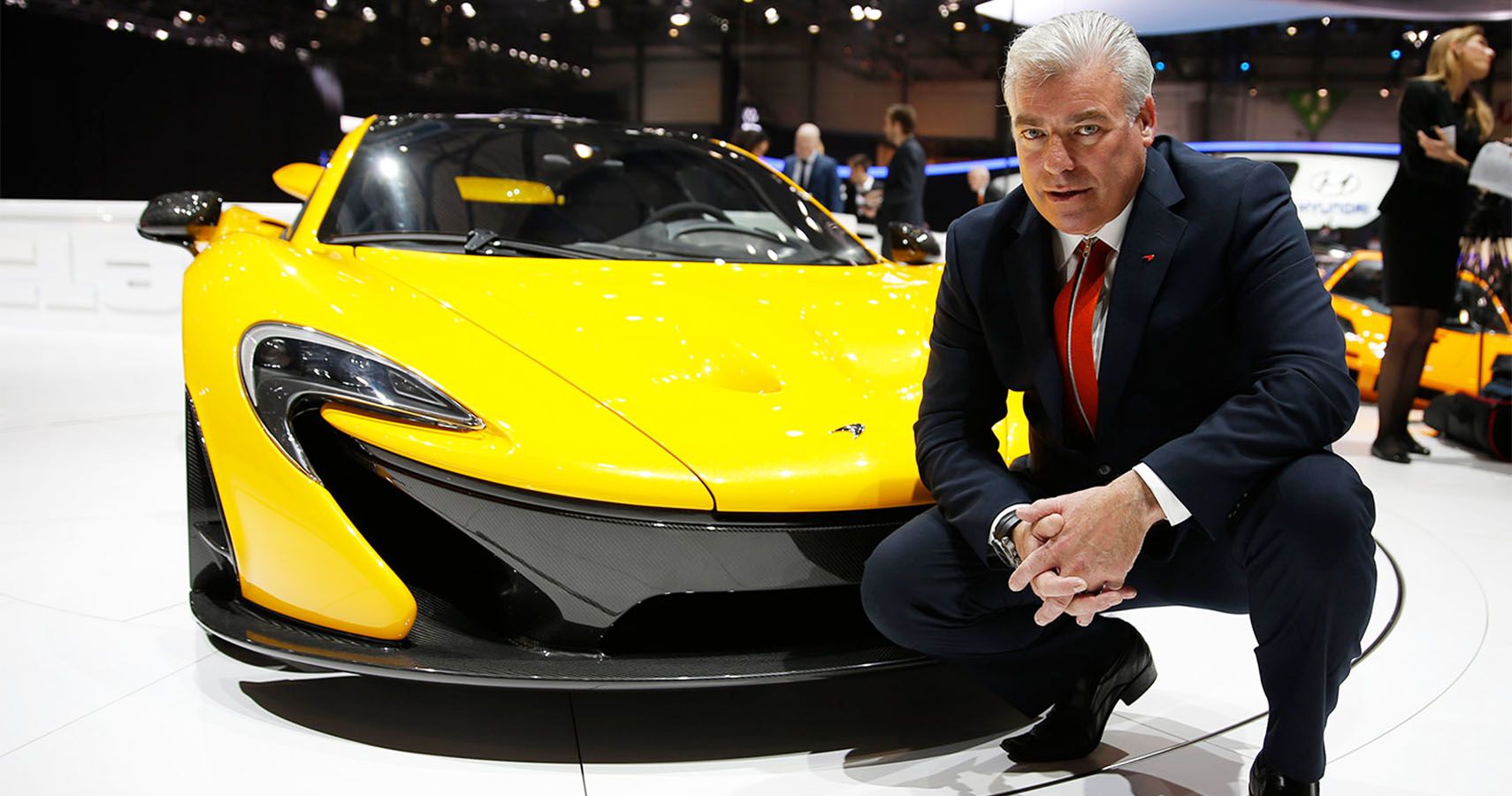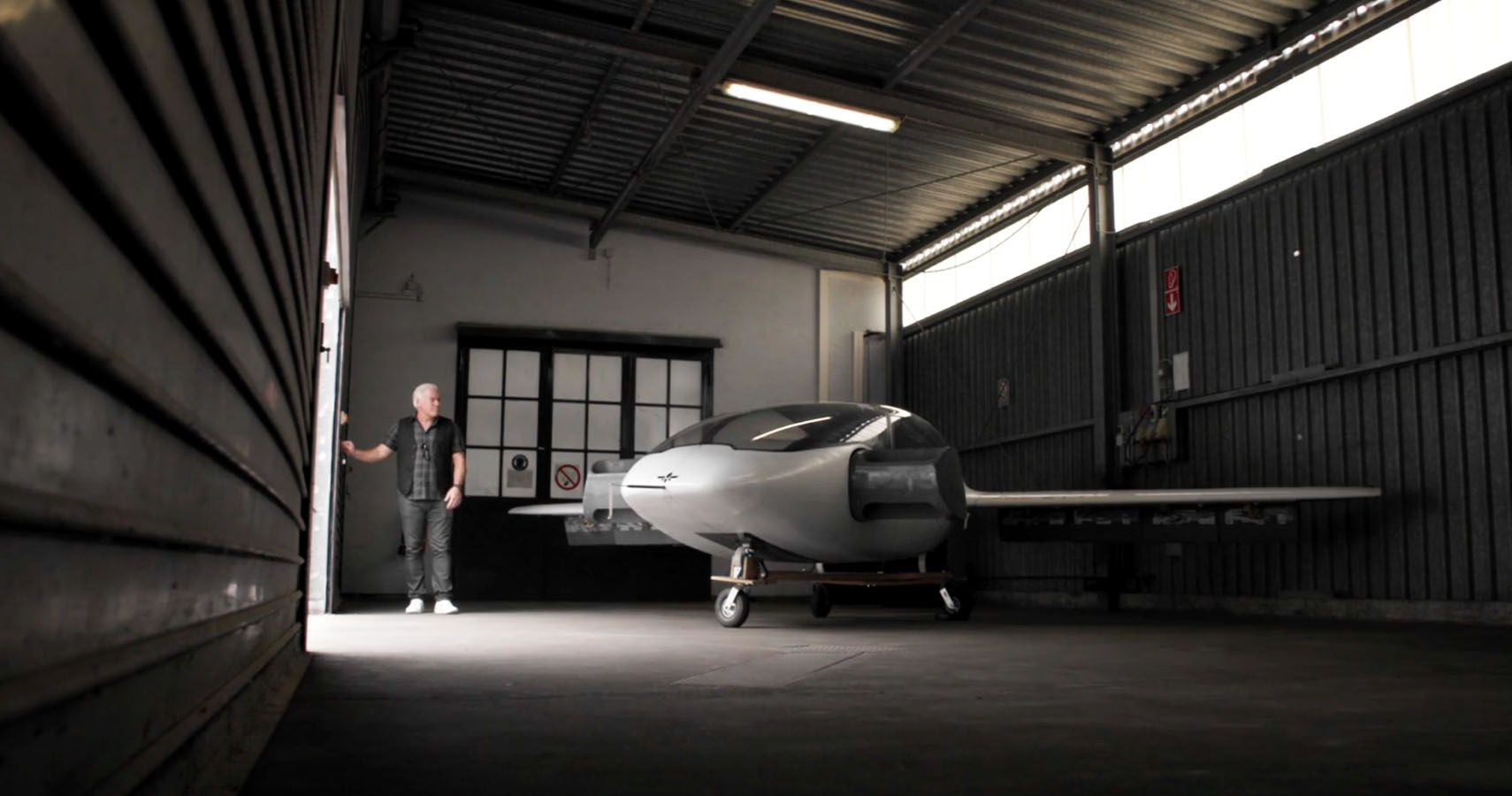Most gearheads can name all sorts of makes and models they love, plus horsepower stats, 0-60 times, and usually a few motorsport icons, as well. But how often does anyone truly comprehend the full design and development process that led to the cars they love? Sure, even members of the general public might acknowledge that building a new car takes ages, a whole team of R+D pros, and countless iterations before a brand-new product hits market—just look at the challenges that new brands like Lucid have to overcome while trying to revolutionize the modern EV landscape.
And the truth remains that manufacturers might not even particularly want to reveal their processes, the internal squabbles, the constant delays and setbacks, or the coulda-woulda-shoulda models left on the cutting room floor. Still, looking back historically, those insider tales often reveal the truth behind the huge successes, the spectacular failures, and the forgettable brands plodding along into obscurity.
These days, premier automotive designer Frank Stephenson brings an experienced voice to the room that never shies away from telling the story of automotive design, engineering, and brand imagery. After working as a designer across wide swaths of the auto industry, from Group A racers to commuter cars, early SUVs, supercars, and hypercars, Stephenson now shares his unique perspective on a popular YouTube series offering an inside look at his own design process and critiquing current and past cars (both the bad and the good). He also recently appeared in a biographical documentary about his life titled Chasing Perfect, currently streaming on Amazon.
I recently got the chance to pick Stephenson's brain over the course of a long Zoom chat, curious to learn more about how a kid who grew up in Casablanca, Morocco, and Malaga, Spain, ended up designing some of the most influential and recognizable cars of the past four decades.
An Early Childhood In Africa
Stephenson speaks with a slightly unidentifiable accent that reveals a lifetime spent in Africa, Europe, and the United States. But he converses readily, laughing and open, unburdened by the weight of sticking to repetitive corporate messaging and unconcerned with overtly strongarming his opinions as fact. Over the course of our chat, we covered everything from early cars to his favorite subject, biomimicry, all the way to future electric vertical takeoff and landing (eVTOL) aircrafts and even the new Star Wars set filming near his house outside London.
That international childhood seems to have imbued Stephenson with an irrepressible excitement and curiosity to learn more about anything and everything (right down to the routes I take while cycling in the hills of Malibu and how the weather in Los Angeles has evolved as evidence of climate change). But those early experiences also, looking back with the benefit of hindsight, formed a clear path towards a career in automotive design.
"My furthest back memories are basically animals, that’s what Africa’s known for. So I have a love for nature, just a love for animals, biology, that kind of thing, so that was a bit colorful and very dynamic" Stephenson recalled. "I wasn’t surrounded by cars. I didn’t have that hot rod influence of Southern California, I didn’t have the luxury car styles of Germany, I didn’t have the beautiful cabrios and sports cars of Italy. We didn’t have any of that so I wasn’t growing up in a car atmosphere, though I loved cars. I was kind of the kid that loved anything that moved."
In Chasing Perfect, Stephenson shares the lifelong influence of a close relationship to his father, who comes across as a consummate perfectionist demanding only the best from his sons. So when dad opened a car dealership in Malaga, Spain, naturally Stephenson ended up working there (as did his brother).
Sketching Animals Transforms Into Drawing Futuristic Car Concepts
"My father’s dealership was dealing some strange cars at the time," Stephenson told me, referencing a few brands that never hit it big in the US. "Saabs and SEATs, which was kind of the Spanish version of Fiat, we had Minis in there, strangely enough, we had Rovers. It was an eclectic mix of cars and so I had this kind of exposure as a kid growing up. Mostly in the summers, kids during three months of summer vacation from school would go off and play little league baseball or stuff like that, my father just put me in the body shop, my brother in with the mechanics. So I just learned paint and bodywork, which suited me, and I learned it pretty quick and I loved it."
In school, Stephenson often sketched cards for fellow students or teachers, working on the yearbook and drawing animals before the age when all such artsy stuff could be easily found online. But given his summer job, that passion quickly turned towards cars.
"I’d draw a car, I’d get tired of what it looked like," he said, "So I’d imagine what that car would look like in five years. And I had zero knowledge or awareness that you could actually design a car for a living, I just had a passion for drawing cars."
Learning About Art Center College Of Design
While in high school, one of Stephenson's friends invited him to a motocross race—a fateful day that led to six years racing dirt bikes. But around age 22 or 23, his father stepped in with the familiar perfectionist message, admonishing Stephenson that if he couldn't take home first place, then he'd better find something else to serve as his life's focus.
"I was very lucky he said that," Stephenson admits, "But I had no idea what to do with my life, all I knew was I liked to draw cars. And total serendipity, it’s a miracle still to this day: I bought a magazine off a shelf in downtown Malaga and it had this article about Art Center being the place for Pininfarina’s 30th anniversary or something like that. And in that article, they wrote that Art Center actually teaches 90% of all the car designers in the world. And I went, 'You can study car design?' And about that time I told my dad, 'Well, if I’m going to study something, that is something I’d love to do.'"
Given the cost of transplanting to Pasadena, California, not to mention tuition, Stephenson's father again pushed him to excel. And at Art Center, he can admit, excelling takes a very specific mindset (something I know personally, having taken a couple of summer courses at Art Center between years of high school myself).
"You gotta be a little weird to go there," Stephenson laughed. "It’s sort of like enjoying pain, so if you don’t like pain, don't go to Art Center. If it kind of gives you a rush, an adrenaline kick, to feel pain, then you’ll be alright.”
Part of the financial edge drained away after Stephenson took on an internship at General Motors one summer, which led to a job offer from Ford—and, more importantly, the job offer included paying for the next two years of school.
"When you’re in that kind of environment," Stephenson explained, "You need to use the best materials possible. You don’t want to think ‘Oh, I gotta pay another dollar for a sheet of paper or my magic markers ran out but I’ll still use them.’ So that pressure, where I’m going to eat tonight or stuff like that, was off. And I thought, 'Great, I can really just concentrate on being the best student I can become and being ready when I graduate.'"
Taking A Job With Ford In Germany
Upon graduating, working for Ford sounds to have continued the series of serendipitous occurrences. But Stephenson's story also includes some serious self-motivation, undoubtedly thanks to that powerful fatherly input.
"I was really relaxed when I graduated because I knew I was going to Europe," he said. "They didn’t want me to go to Europe at first, they wanted me to go to Detroit, but I said, ‘Look, I’m European, I know you have a European design studio in Cologne and I’d much rather work in West Germany.’ And they said, ‘Yeah, we do have a spot available, if you want to go there instead of to Dearborn.' And I jumped on it."
Some of the story's other details that seem even more lucky include meeting what would become a lifelong friend on the flight to Cologne, who picked Stephenson up in a TVR convertible on his first day in country and proceeded to blast down the Autobahn at well above 100 miles per hour before heading to the Nürburgring for an afternoon of hot laps. After settling in at Ford, Stephenson's biggest break came designing the famous rear spoiler on the Escort RS Cosworth—another funny story, since he originally designed it even more radically, with three different wings, an idea that was shot down by penny-pinching accountants. But shortly after completing that project, the internal drive began cropping up again.
"Five years had already gone by and I thought, 'Okay, it’s all great here, I have my lifestyle.' I learned German and I had a German girlfriend and everything was going nice but I thought, 'If I don’t watch it, I’m going to be stuck here working at Ford for the rest of my life.' Because that’s what happens, the longer you work somewhere the more comfortable you get, so why change? I thought, 'Damn, I’m in one of the hottest automotive countries in the world, all the great German brands, I’m going to make a move.' So I wrote to Porsche, Audi, BMW, said I’d worked at Ford for the past five years, I’ve done a pretty good project with them and I’m interested in moving upscale a little bit, less bread-and-butter and more specialized."
A Quick Trip To Turin To Design The BMW X5
Though all the German marques proved receptive, BMW responded with an offer to join the design team at Munich, so Stephenson picked up and moved. By this point, the career sounds to have taken on a life of its own.
"I started at BMW in July ‘91 and went through an interesting time," Stephenson said, "Because BMW, at the time, was only 3, 5, and 7 Series and motorcycles, and then they started to expand a little bit. They took over the Rover group in '93 and then suddenly they had plans to do the BMW version of Land Rover and that was a crazy program. Because the big boss, the head of engineering, gave us six weeks to produce a full-size model, no sketch program."
"Chris Bangle just said, 'Get on a plane, go down to Turin, where we have the design houses that help us build concept models, give them a sketch and come back in six weeks with what you think a BMW SUV could look like on a Land Rover platform.'"
Only three days later, Stephenson met his modeling team in Turin and began a month and a half of frantic work on what would become the X5 SUV.
"It was really quick but I was working with incredible modelers, sculptors," Stephenson recalled. "I had sketched the car out really quick based on the existing Land Rover platform but I soon learned that those three guys that I was going to be working for were quite old, relatively old for modelers, but they were the same guys that did the Lamborghini Miura in their 20s. So it was amazing, just to watch them work. We never went backwards, it was only forwards. Wham-bam."
BMW To Mini To Ferrari And Maserati
The X5 proceeded to set off a modern luxury SUV craze that forever changed the automotive industry. And his next project would prove perhaps even more ubiquitous, designing a new Mini Cooper for the new millennium. Instantly identifiable as related to the original Mini, the BMW version truly cemented Stephenson's place in the upper echelons of automotive design—and naturally, the poachers began circling. And who could blame him for taking on a dream position as the Director of Ferrari-Maserati Concept Design and Development? Under the new role, his job included designing models like the Ferrari F430, FXX, and 612 Scaglietti, as well as the Maserati MC12, GranSport, Quattroporte, and GranTurismo.
Up next, Fiat and Ferrari boss Sergio Marchionne transferred Stephenson from Ferrari to Fiat, hoping to bring the lower-end brand back to life—and quick, so Stephenson pounded out a revamp of another tiny, legendary car: the 500. Based on the existing second-gen Panda platform, the 500 proved an immediate success and completely changed Fiat's trajectory. But as great as working at BMW, Ferrari, and Fiat might sound, Stephenson soon found himself eager to move on yet again, so when an opportunity emerged to lead McLaren into a new era of roadgoing supercar and hypercar development, he jumped ship once more.
"I think every designer’s dream is to work off a clean sheet," he said, specifically referencing Ferrari's established sensuosness, "Because then you’re not held back by design language and design history, the trend right now for the design language of the company. A clean sheet is a very unique opportunity, and that’s why it always felt better or more satisfying for me to work at McLaren than it did at Ferrari.
"If you ask any young designer, they would kill to design a Ferrari. But at the time, when there was no McLaren in existence except for the F1, which was obviously a real marker in the history of car engineering. Design-wise it wasn’t that incredible, but it was the skin over an excellent car still. But Ferraris had to look like Ferraris and you were kind of tied into that philosophy."
Leaving History Behind At Ferrari
"It’s easier when you don’t have that requirement to make it look like something," Stephenson told me.
But then again, without that kind of legacy, where did he find the inspiration for such a successful revival at McLaren? Once again, the conversation turned to his childhood watching animals and, in a somewhat hilarious anecdote, a particular obsession with fluid dynamics and fish.
This particular story features heavily in Chasing Perfect, but suffice to say that a fair amount of the McLaren P1's design relates directly to the air bubbles created by sailfish as they speed through water—and Stephenson just had to have a real (albeit stuffed) sailfish at the UK office, buying one with company funds (at a cost well over $10,000) in a fit of passion that plenty of the higher-ups at his new firm couldn't quite comprehend.
The tabula rasa at McLaren— in terms of design language—merged with decades of established motorsport engineering prowess, allowing Stephenson's wildest dreams to come to life without the hindrance of delays, doubts, and revisions that might plague a more traditional manufacturer, he said.
"The engineers were racecar engineers and they could do anything," he explained. "They don’t back off, whereas a normal engineer is like, 'Forget it, it’s going to cost too much or we don’t have time to do it right and check it, plus it’s six o'clock and I’m going home.' That’s how we were able to pick up the pace so quickly at McLaren, because if you’re going to sell cars in that segment you need to be as good or better than the other guys."
A "Clean Sheet" Opportunity At McLaren
At McLaren, Stephenson made tweaks to the MP4-12C that had already begun development, then put his full imprint on the P1, 570S, and 720S, and, because the UK brand's style now fits into the same mold, everything from the 675LT to the Senna, Longtail, and more. But with three major design iterations under his belt, the itch to keep moving onward and upward began surfacing again.
"I left McLaren because I thought I was going to have another 10 years of really using my best abilities," Stephenson admitted. "And if I want to use those 10 years now, after having done the sports car, supercar, and hypercar for McLaren, that’s already taken nine years. It’s gonna take another nine years to redo those three segments. Or do I get out with a name and do whatever I want to do?"
"I thought if I really want to have fun, I want to be the guy who decides what to design. Once you design a car, you can pretty much design anything. If you think about it, a car designer designs seats, designs pedals, buttons, graphics for the instrumentation, designs steering wheels, headlights, taillights, door handles, wheels, the shape, everything. So if you can do that, a seat or anything else is a piece of cake."
Leaving McLaren (And Cars In General) Behind
This time, however, Stephenson departed McLaren without immediately beginning a new role at another automaker. Instead, he founded his own firm, Frank Stephenson Design, and began surveying the world around him in the hopes of finding a new segment of transportation to revolutionize.
Click over to Part 2 of my interview to follow Stephenson as he heads into the future of mobility with eVTOLs, military-grade and sustainable baby seats, next-gen smart glasses, and even EVs built to race on the moon.
Sources: youtube.com, frankstephenson.com, amazon.com, mclaren.com, and artcenter.edu.

